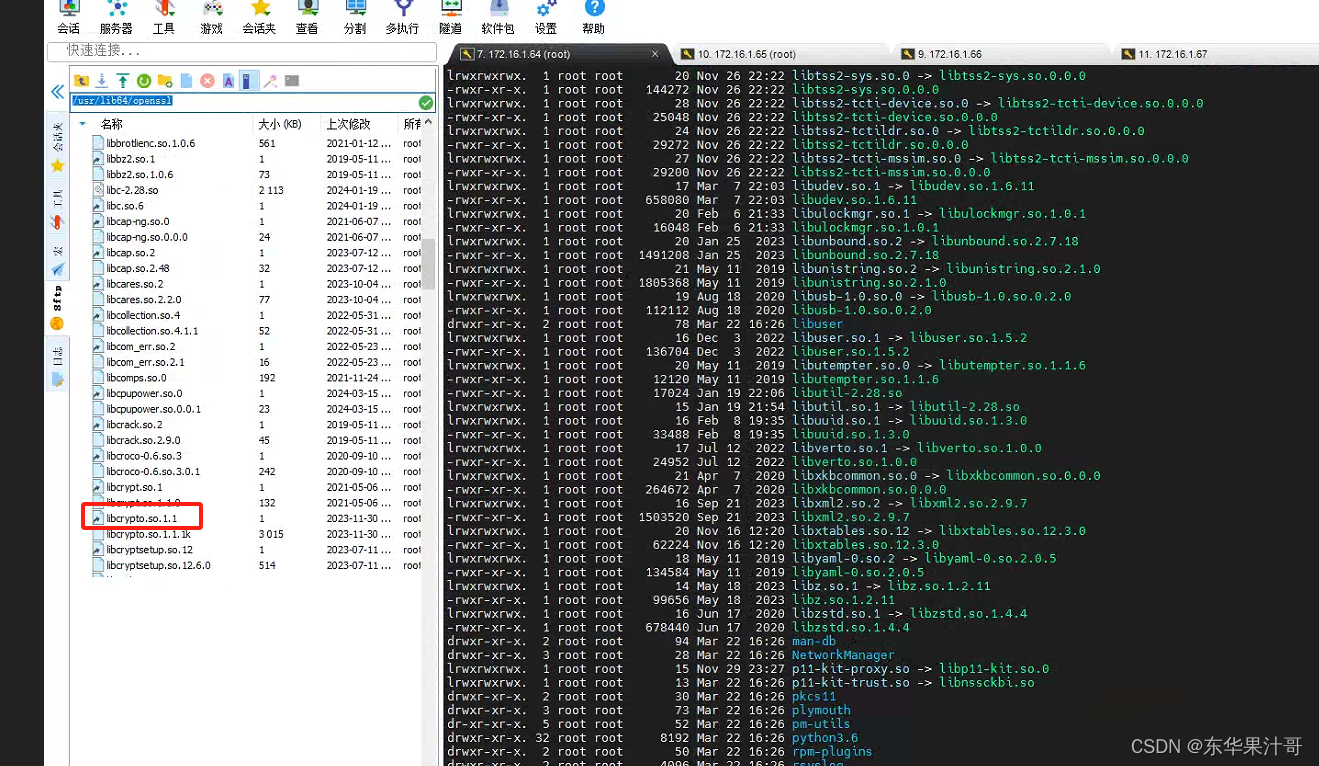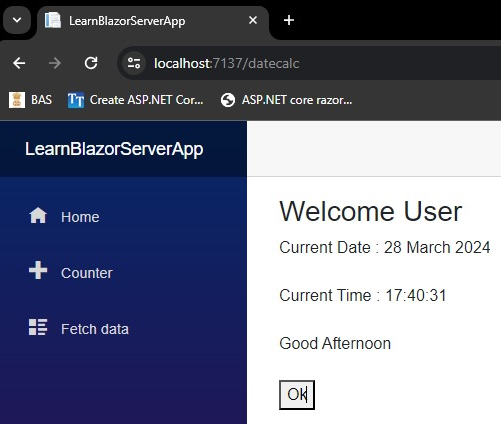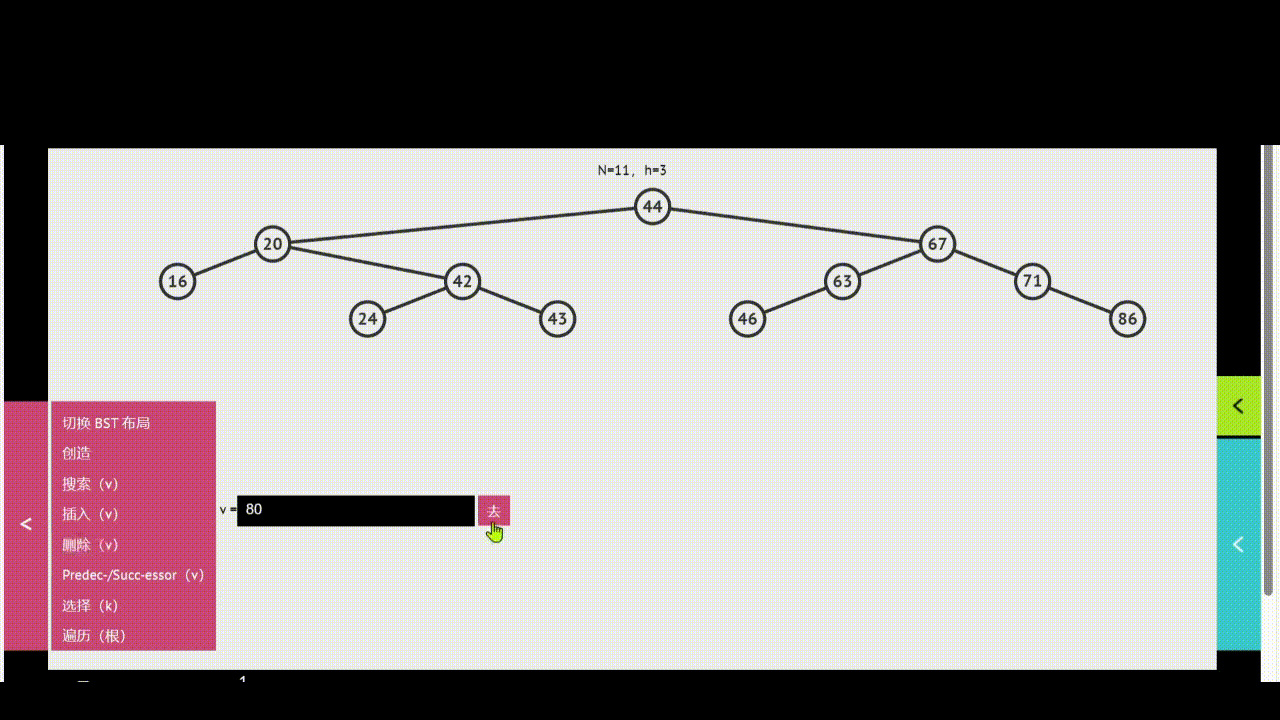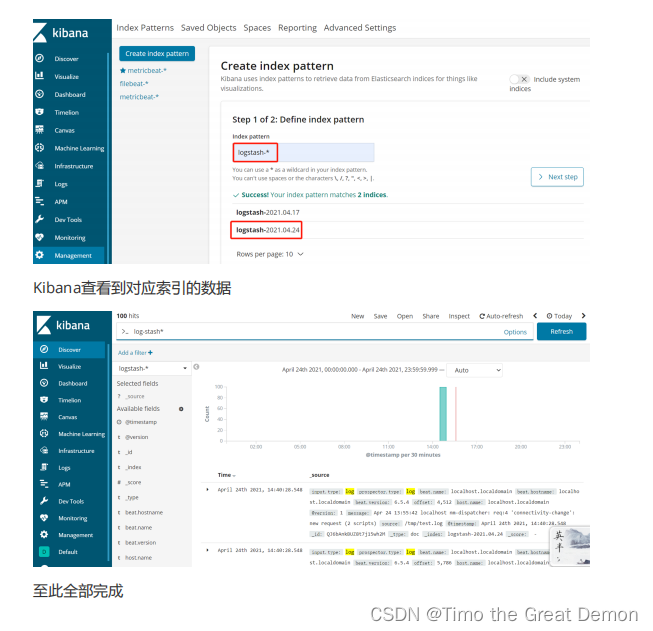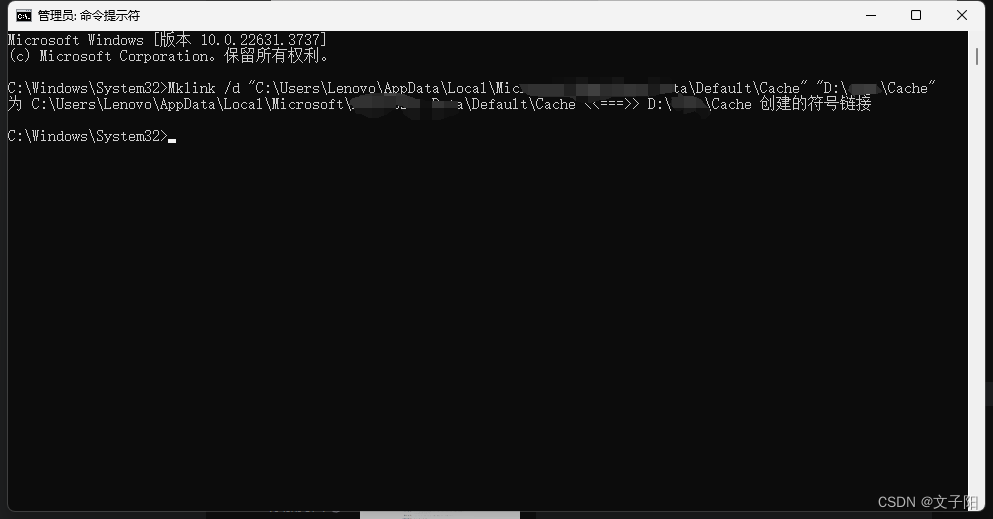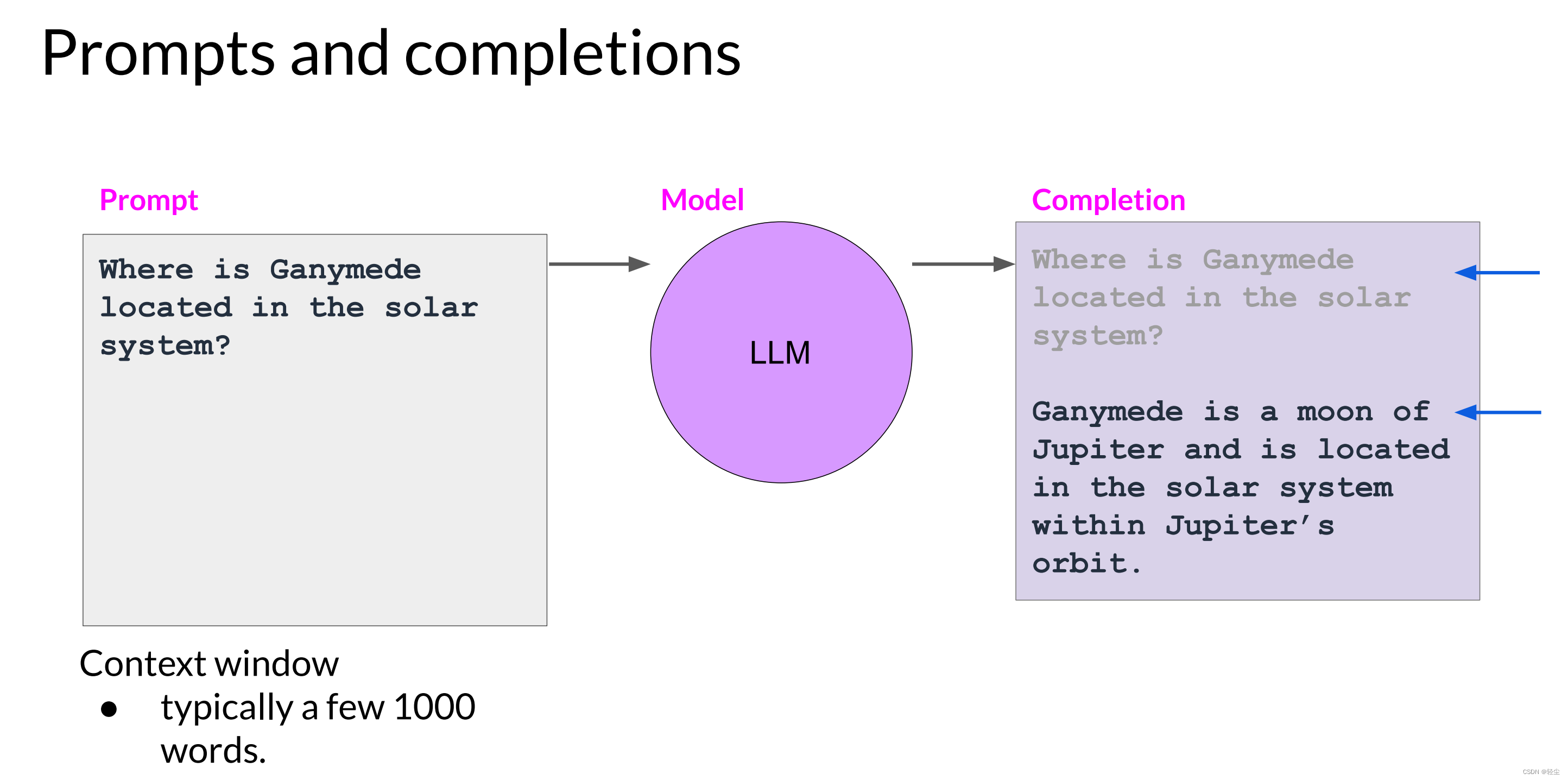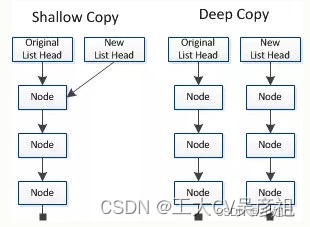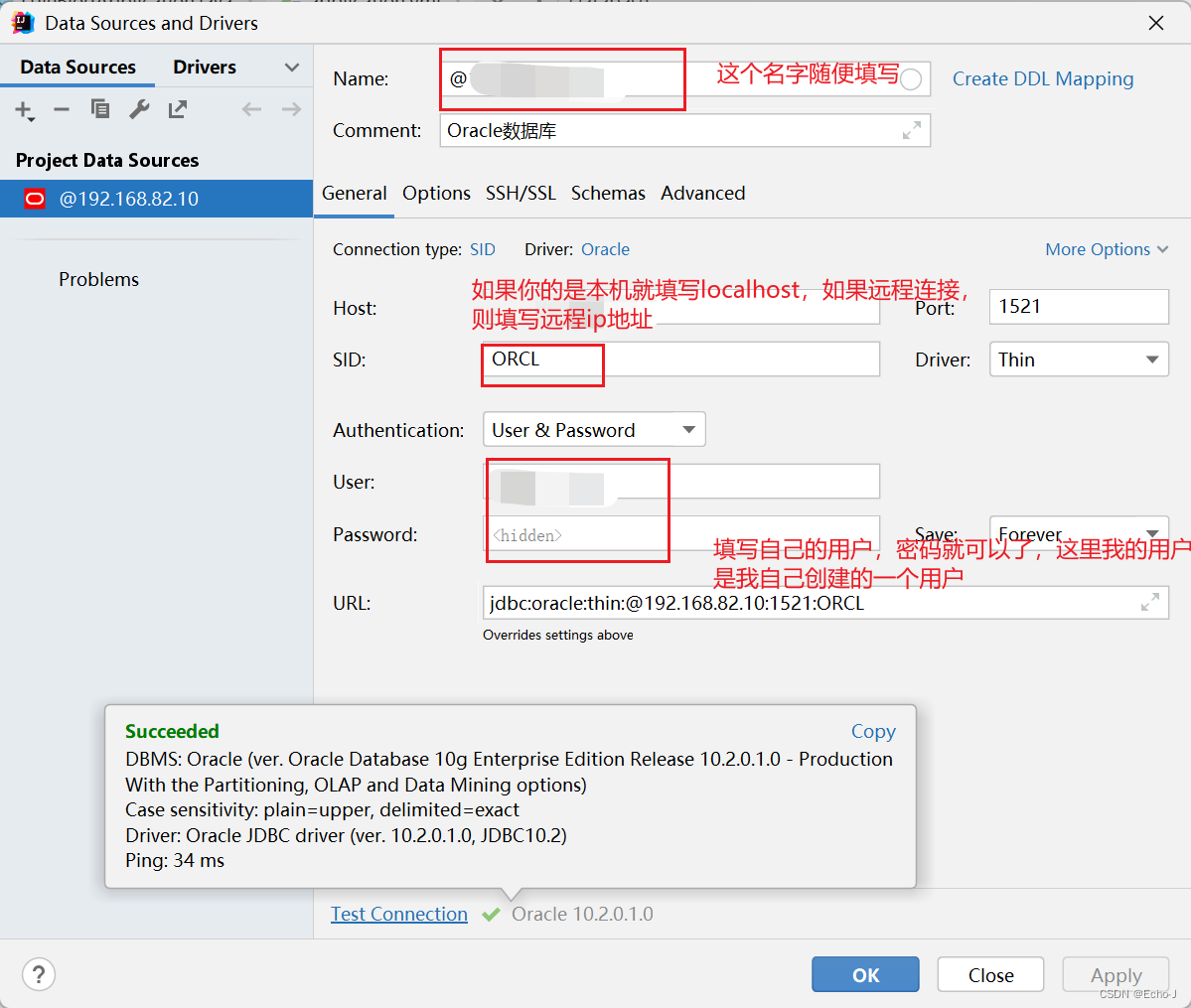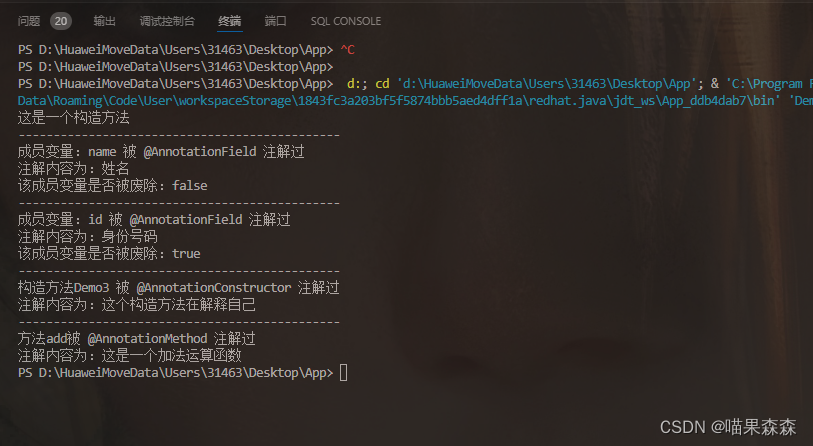GBDT算法详解
梯度提升决策树(Gradient Boosting Decision Trees,GBDT)是机器学习中一种强大的集成算法。它通过构建一系列的决策树,并逐步优化模型的预测能力,在各种回归和分类任务中取得了显著的效果。本文将详细介绍GBDT算法的原理,并展示其在实际数据集上的应用。
GBDT算法原理
GBDT是一种集成学习方法,通过逐步建立多个决策树,每棵树都在前一棵树的基础上进行改进。GBDT的基本思想是逐步减少残差(即预测误差),使模型的预测能力不断提高。
算法步骤
- 初始化模型:使用常数模型初始化,比如回归问题中可以用目标值的均值初始化模型。
- 计算残差:计算当前模型的残差,即预测值与真实值之间的差异。
- 拟合残差:用新的决策树拟合残差,并更新模型。
- 更新模型:将新决策树的预测结果加到模型中,以减少残差。
- 重复步骤2-4:直到达到预设的迭代次数或残差足够小。
公式表示
初始化模型:
F
0
(
x
)
=
arg
min
γ
∑
i
=
1
n
L
(
y
i
,
γ
)
F_0(x) = \arg\min_{\gamma} \sum_{i=1}^{n} L(y_i, \gamma)
F0(x)=argγmini=1∑nL(yi,γ)
对于每一次迭代 (m = 1, 2, \ldots, M):
-
计算负梯度(残差): r i m = − [ ∂ L ( y i , F ( x i ) ) ∂ F ( x i ) ] F ( x ) = F m − 1 ( x ) r_{im} = -\left[ \frac{\partial L(y_i, F(x_i))}{\partial F(x_i)} \right]_{F(x) = F_{m-1}(x)} rim=−[∂F(xi)∂L(yi,F(xi))]F(x)=Fm−1(x)
-
拟合一个新的决策树来预测残差: h m ( x ) = arg min h ∑ i = 1 n ( r i m − h ( x i ) ) 2 h_m(x) = \arg\min_{h} \sum_{i=1}^{n} (r_{im} - h(x_i))^2 hm(x)=arghmini=1∑n(rim−h(xi))2
-
更新模型: F m ( x ) = F m − 1 ( x ) + ν h m ( x ) F_m(x) = F_{m-1}(x) + \nu h_m(x) Fm(x)=Fm−1(x)+νhm(x)
其中, ν \nu ν是学习率,控制每棵树对最终模型的贡献。
GBDT算法的特点
- 高准确性:GBDT通过逐步减少残差,不断优化模型,使其在很多任务中具有很高的准确性。
- 灵活性:GBDT可以处理回归和分类任务,并且可以使用各种损失函数。
- 鲁棒性:GBDT对数据的噪声和异常值有一定的鲁棒性。
- 可解释性:决策树本身具有一定的可解释性,通过特征重要性等方法可以解释GBDT模型。
GBDT参数说明
以下是GBDT(Gradient Boosting Decision Trees,梯度提升决策树)常用参数及其详细说明:
| 参数名称 | 描述 | 默认值 | 示例 |
|---|---|---|---|
n_estimators | 树的棵数,提升迭代的次数 | 100 | n_estimators=200 |
learning_rate | 学习率,控制每棵树对最终模型的贡献 | 0.1 | learning_rate=0.05 |
max_depth | 树的最大深度,控制每棵树的复杂度 | 3 | max_depth=4 |
min_samples_split | 分裂一个内部节点需要的最少样本数 | 2 | min_samples_split=5 |
min_samples_leaf | 叶子节点需要的最少样本数 | 1 | min_samples_leaf=3 |
subsample | 样本采样比例,用于训练每棵树 | 1.0 | subsample=0.8 |
max_features | 寻找最佳分割时考虑的最大特征数 | None | max_features='sqrt' |
loss | 要优化的损失函数 | deviance | loss='exponential' |
criterion | 分裂节点的标准 | friedman_mse | criterion='mae' |
init | 初始估计器 | None | init=some_estimator |
random_state | 随机数种子,用于结果复现 | None | random_state=42 |
verbose | 控制训练过程信息的输出频率 | 0 | verbose=1 |
warm_start | 是否使用上次调用的解决方案来初始化训练 | False | warm_start=True |
presort | 是否预排序数据以加快分裂查找 | deprecated | - |
validation_fraction | 用于提前停止训练的验证集比例 | 0.1 | validation_fraction=0.2 |
n_iter_no_change | 如果在若干次迭代内验证集上的损失没有改善,则提前停止训练 | None | n_iter_no_change=10 |
tol | 提前停止的阈值 | 1e-4 | tol=1e-3 |
ccp_alpha | 最小成本复杂度修剪参数 | 0.0 | ccp_alpha=0.01 |
通过合理调整这些参数,可以优化GBDT模型在特定任务和数据集上的性能。
GBDT算法在回归问题中的应用
在本节中,我们将使用波士顿房价数据集来展示如何使用GBDT算法进行回归任务。
导入库
import numpy as np
import matplotlib.pyplot as plt
from sklearn.datasets import make_regression
from sklearn.model_selection import train_test_split
from sklearn.preprocessing import StandardScaler
from sklearn.ensemble import GradientBoostingRegressor
from sklearn.metrics import mean_squared_error, r2_score
加载和预处理数据
# 生成合成回归数据集
X, y = make_regression(n_samples=1000, n_features=20, noise=0.1, random_state=42)
# 数据集划分
X_train, X_test, y_train, y_test = train_test_split(X, y, test_size=0.2, random_state=42)
# 数据标准化
scaler = StandardScaler()
X_train = scaler.fit_transform(X_train)
X_test = scaler.transform(X_test)
训练GBDT模型
# 训练GBDT模型
gbdt = GradientBoostingRegressor(n_estimators=100, learning_rate=0.1, max_depth=3, random_state=42)
gbdt.fit(X_train, y_train)
预测与评估
# 预测
y_pred = gbdt.predict(X_test)
# 评估
mse = mean_squared_error(y_test, y_pred)
r2 = r2_score(y_test, y_pred)
print(f'Mean Squared Error: {mse:.2f}')
print(f'R^2 Score: {r2:.2f}')
特征重要性
# 特征重要性
# 特征重要性
feature_importances = gbdt.feature_importances_
plt.barh(range(X.shape[1]), feature_importances, align='center')
plt.yticks(np.arange(X.shape[1]), [f'Feature {i}' for i in range(X.shape[1])])
plt.xlabel('Feature Importance')
plt.ylabel('Feature')
plt.title('Feature Importances in GBDT')
plt.show()
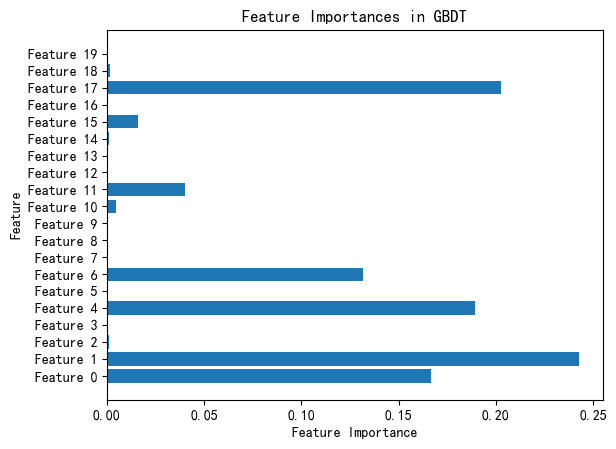
GBDT算法在分类问题中的应用
在本节中,我们将使用20类新闻组数据集来展示如何使用GBDT算法进行文本分类任务。
导入库
from sklearn.datasets import make_classification
from sklearn.model_selection import train_test_split
from sklearn.preprocessing import StandardScaler
from sklearn.ensemble import GradientBoostingClassifier
from sklearn.metrics import accuracy_score, confusion_matrix, classification_report
加载和预处理数据
# 生成分类数据集
X, y = make_classification(n_samples=1000, n_features=20, n_informative=15, n_redundant=5, random_state=42)
# 数据集划分
X_train, X_test, y_train, y_test = train_test_split(X, y, test_size=0.2, random_state=42)
# 数据标准化
scaler = StandardScaler()
X_train = scaler.fit_transform(X_train)
X_test = scaler.transform(X_test)
训练GBDT模型
# 训练GBDT模型
gbdt = GradientBoostingClassifier(n_estimators=100, learning_rate=0.1, max_depth=3, random_state=42)
gbdt.fit(X_train, y_train)
预测与评估
# 预测
y_pred = gbdt.predict(X_test)
# 评估
accuracy = accuracy_score(y_test, y_pred)
print(f'Accuracy: {accuracy:.2f}')
# 混淆矩阵
conf_matrix = confusion_matrix(y_test, y_pred)
print('Confusion Matrix:')
print(conf_matrix)
# 分类报告
class_report = classification_report(y_test, y_pred)
print('Classification Report:')
print(class_report)
结语
本文详细介绍了GBDT算法的原理和特点,并展示了其在回归和分类任务中的应用。首先介绍了GBDT算法的基本思想和公式,然后展示了如何在回归数据集使用GBDT进行回归任务,以及如何在分类数据集上使用GBDT进行文本分类任务。
我的其他同系列博客
支持向量机(SVM算法详解)
knn算法详解
GBDT算法详解
XGBOOST算法详解
CATBOOST算法详解
随机森林算法详解
lightGBM算法详解
对比分析:GBDT、XGBoost、CatBoost和LightGBM
机器学习参数寻优:方法、实例与分析
